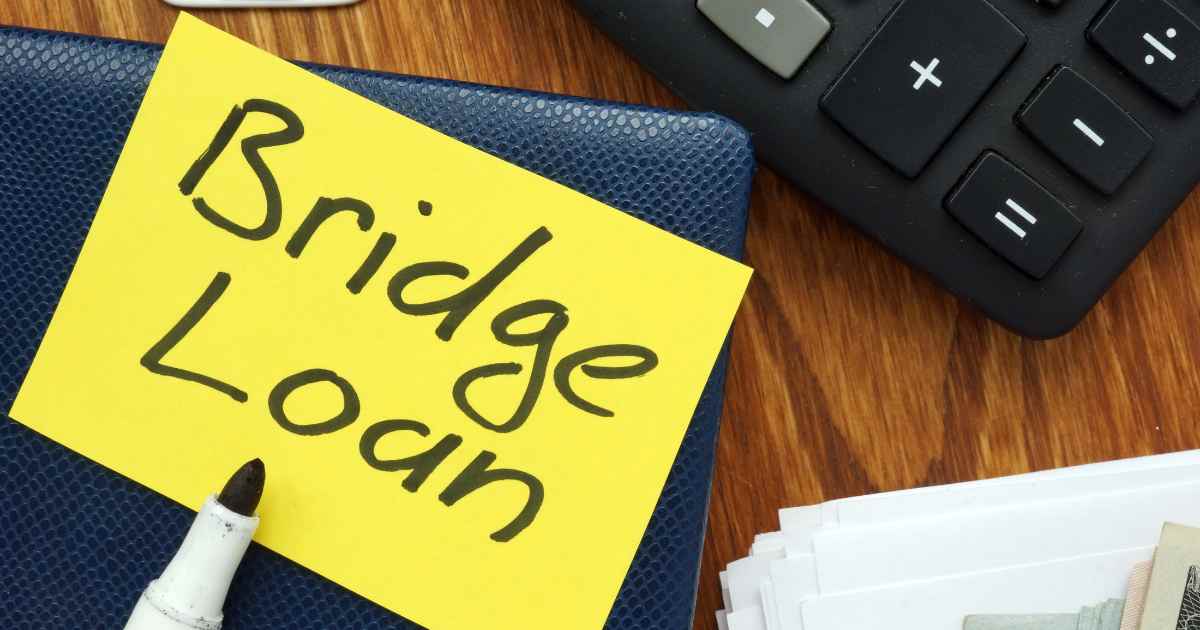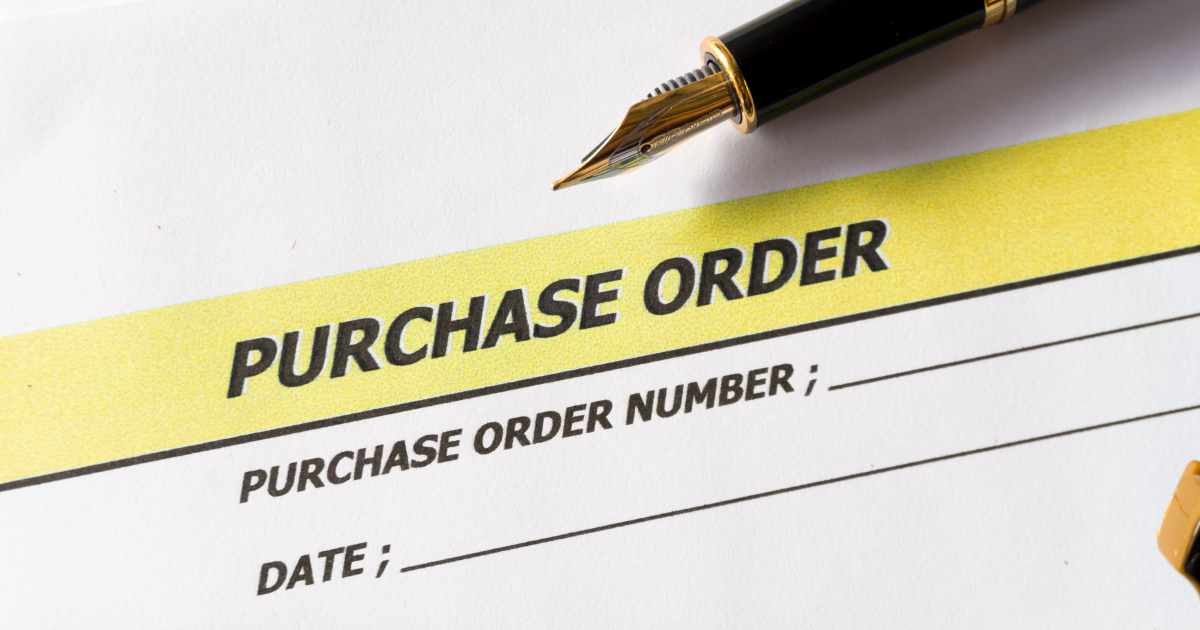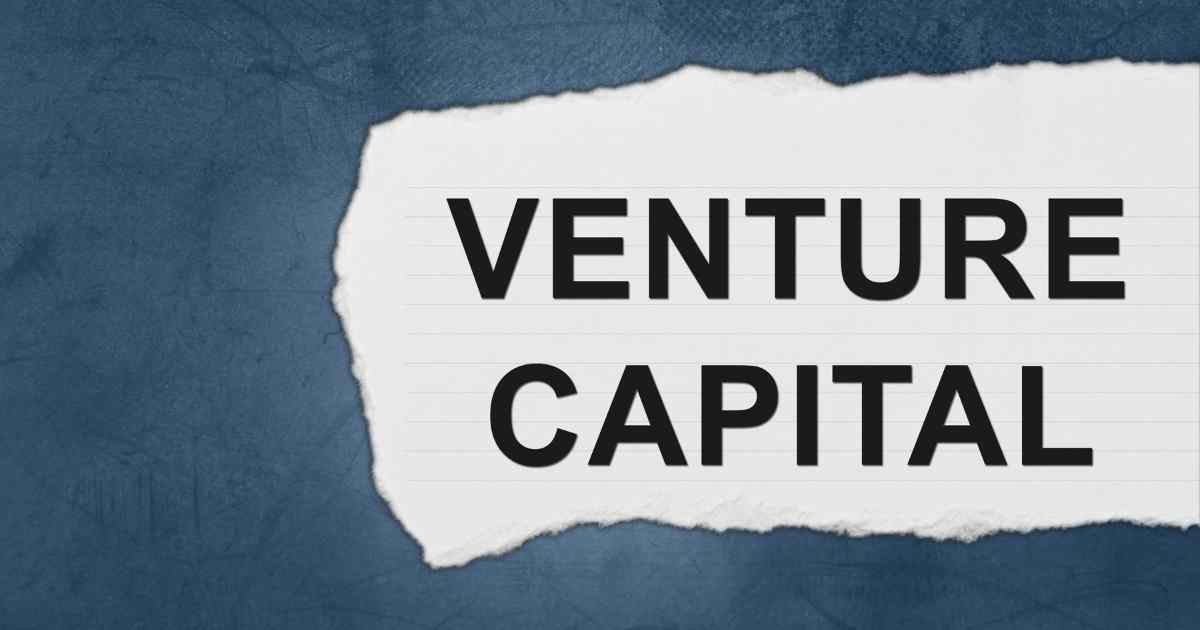
While corporates are often approached for procurement or even funding opportunities, not many people consider the role that big corporates can play in providing sponsorships for their businesses.
Sponsorships are designed to be mutually beneficial arrangements with corporate sponsors providing financial or value-in-kind (goods or services) to sponsor seekers – anyone from SMEs, NGOs, speakers, authors and social entrepreneurs. For SMEs, their contributions can go towards funding a business’s growth, a specific event or marketing opportunities.
The return on investment for corporate sponsors – often big banks, FMCG or telecommunication companies – is not only feel-good association but greater exposure for their brand in a particular market (say tech, manufacturing or entrepreneurship for example) – with potentially better returns than traditional advertising as well as to build brand loyalty.
Despite the obvious benefits, securing a sponsorship can be a lengthy and frustrating process for sponsorship seekers.
To help SMEs navigate the sponsorship process, SME South Africa speaks to Matt Fendick who is the founder of Sponsorshop, a newly launched web-based platform that assists individuals and organisations manage the sponsorship process more effectively.
Fendick gives advice on how to put together a solid proposal and how to identify the right big brand for a potential partnership.
Q: What do corporates consider before getting involved with a sponsorship property?
Brands typically start the evaluation process by reviewing their overall business and brand objectives for the year/set period.
These can filter down to topics to measure performance against such as increased percentage in sales, movement in brand awareness and affinity, number of business-to-business interactions with key existing/potential stakeholders created.
Regional versus national (or international) relevance will also be factored in when considering the impact that a potential sponsorship property will deliver for a brand.
“The biggest mistake is not researching the desired brand’s objectives and areas of interest, which are often available on company websites”
Q: What do corporate sponsors want to see in terms of a solid proposal?
The sponsorship/brand/marketing teams at big corporates are increasingly more sophisticated and selective than ever before, and are acutely aware of the buyer’s market that exists within the sponsorship industry.
Demand of sponsorship opportunities far exceeds the supply so any proposals that aren’t impactful and on-point can be easily declined.
Cutting through the clutter is key, specifically as the teams are inundated with sponsorship requests and focused on executing brand plans.
In these busy times, simpler is better when it comes to showcasing what you are offering. A 100 slide comprehensive overview document is more likely to lose a key individual’s attention, and get a straight “Thanks, but no thanks” than turn into a conversation starter.
As a sponsorship seeker, you ultimately want to get in the door, which means taking the care and respect to consider what key information a brand partner would need in order to make an informed decision within a short period of time.
Q: What mistakes in the proposal phase will result in a potential sponsor not wanting to work with you?
A range of mistakes, sometimes as small as spelling, are easy turn-offs for potential brand partners.
The biggest mistake is not researching the desired brand’s objectives and areas of interest, which are often available on company websites.
Gone are the days of generic proposals that come across as “here’s what you pay and here are your rights, take them or leave them.”
Finally, information overload can be a real detractor.
Q: How do you identify the right big corporate for a potential partnership?
This comes down to research and alignment with the brand.
Are you confident that what you are offering is an opportunity that aligns fully and will deliver on a brand’s objectives and ethos?
It is too easy to blindly email or cold-call the Top 100 companies in SA; the challenge here is that you, as a sponsorship seeker, now become one of thousands of others who adopt this approach, making it less likely that you will receive a positive response, if you receive one at all.
Q: What kind of return on investment (ROI) do big brands usually want to get from their involvement?
The typical rule of thumb has been a 3:1 return on investment when it comes to media exposure.
A big shift that we are seeing in the sponsorship space is that brands are becoming more focused on Return on Objectives, as well as Return on Experience.
This is aimed at converting consumers into genuine brand ambassadors through the creation of authentic connections with the brand’s product(s), which is challenging to do through a typical media-only approach.










